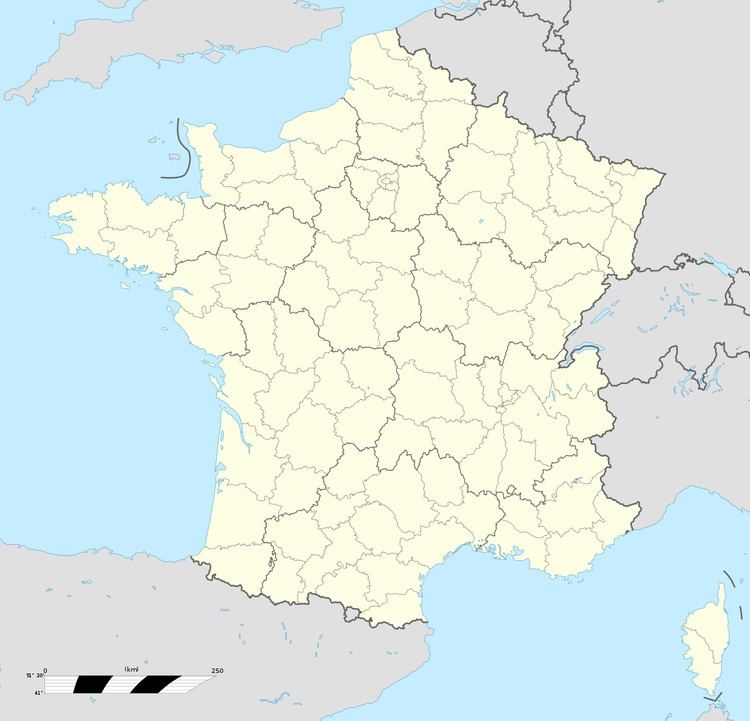Built 1934–1938 | ||
 | ||
Materials Concrete, steel, deep excavation, masonry Battles/wars Siege of Maubeuge, Battle of France | ||
Ouvrage Les Sarts is a petit ouvrage of the Maginot Line, built as part of the "New Fronts" program to address shortcomings in the Line's coverage of the border with Belgium. Like the other three ouvrages near Maubeuge, it is built on an old Séré de Rivières system fortification, near the town of Marieux.
Contents
Séré de Rivières
The original Fort des Sarts was built to the west of Marieux in 1878-1881 as part of the Séré de Rivières fortifications of Maubeuge. The pentagonal fort is surrounded by a ditch defended by counterscarps. In 1914 the fort was upgraded with a 75mm gun turret. The position was planned to cover the N2 road to Mons. Bersillies was attacked by German forces in 1914 during the Siege of Maubeuge, suffering heavy large-caliber artillery bombardment from the first day of the siege. Isolated far behind the front lines, it surrendered to the Germans with the other Maubeuge fortifications on 7 September 1914, with its works almost completely destroyed.
Design and construction
The Maginot-era site was approved in 1934. Work cost 10.5 million francs.
Description
The Maginot-era improvements to Sarts comprise two combat blocks. The ouvrage was built within the walls of the old Fort des Sarts. An underground gallery connects the two blocks. A second phase was planned to provide two artillery blocks armed with one 75mm twin gun turret each, as well as an entry block outside the walls of the old fort.
A number of small blockhouses are associated with Les Sarts, as well as a casemate:
Manning
The 1940 manning of the ouvrage under the command of Captain Leduc comprised 100 men and 2 officers of the 84th Fortress Infantry Regiment. The units were under the umbrella of the 101st Fortress Infantry Division, 1st Army, Army Group 1.
History of the Maginot ouvrage
See Fortified Sector of Maubeuge for a broader discussion of the events of 1940 in the Maubeuge sector of the Maginot Line.During the Battle of France in 1940, the invading German forces approached Maubeuge from the south and east, to the rear of the defensive line. The German 28th Infantry Division moved along the line of fortifications 19–22 May, rolling up blockhouses and larger fortifications. Les Sarts first took fire on 21 May, with a Stuka raid on 22 May. Heavy fire from the rear continued on 23 May, gradually reducing the fort's defenses. At 1100 hours, with all means of resistance gone, les Sarts surrendered, the last ouvrage of the defenses of Maubeuge to do so.
Current
Les Sarts is not accessible to the public. It is reported to be in poor condition, with all metal salvaged.
